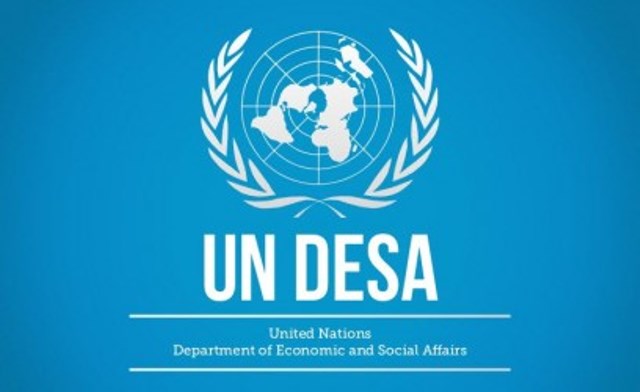The United Nation Department of Economic and Social Affairs (UN DESA) has projected that India, China, and Nigeria will account for 35 percent of the future increases in the size of the world’s urban population between 2018 and 2050.
The 2018 Revision of World Urbanization Prospects reveals that by 2050, India will have added 416 million urban dwellers, China 255 million, while Nigeria 189 million to their current population respectively.
According to the new report, around 2.5 billion more people would be living in cities by 2050.
“By 2050, the third most populous country will be Nigeria, which currently ranks seventh, and which is poised to replace the U.S,” the UN report stated.
Announcing the latest findings, DESA said most of the projected increase in urbanisation is expected to be highly-concentrated in just a handful of countries.
“Together, India, China and Nigeria will account for 35 per cent of the projected growth of the world’s urban population between 2018 and 2050.
“It is projected that India will have added 416 million urban dwellers, China 255 million and Nigeria 189 million,” DESA said.
The UN department said by 2050, two out of every three people are likely to be living in cities or other urban centres, highlighting the need for more sustainable urban planning and public services.
Owing to both demographic shifts and overall population growth, that means that around 2.5 billion people could be added to urban areas by the middle of the century, predicts DESA.
The report also estimates that by 2030, the world could have 43 so-called megacities, up from 31 today, according to reports.
Megacities are those with more than 10 million inhabitants and the reports says most of them would be in developing countries.
By 2028, the Indian capital, New Delhi, is projected to become the most populous city on the planet.
Currently, Tokyo is the world’s largest, with an agglomeration of 37 million inhabitants, followed by New Delhi – 29 million, and Shanghai – 26 million.
Mexico City and São Paulo, come next; each with around 22 million inhabitants.
These swelling populations will place extra demands on both resources and services in urban areas, the report noted.













